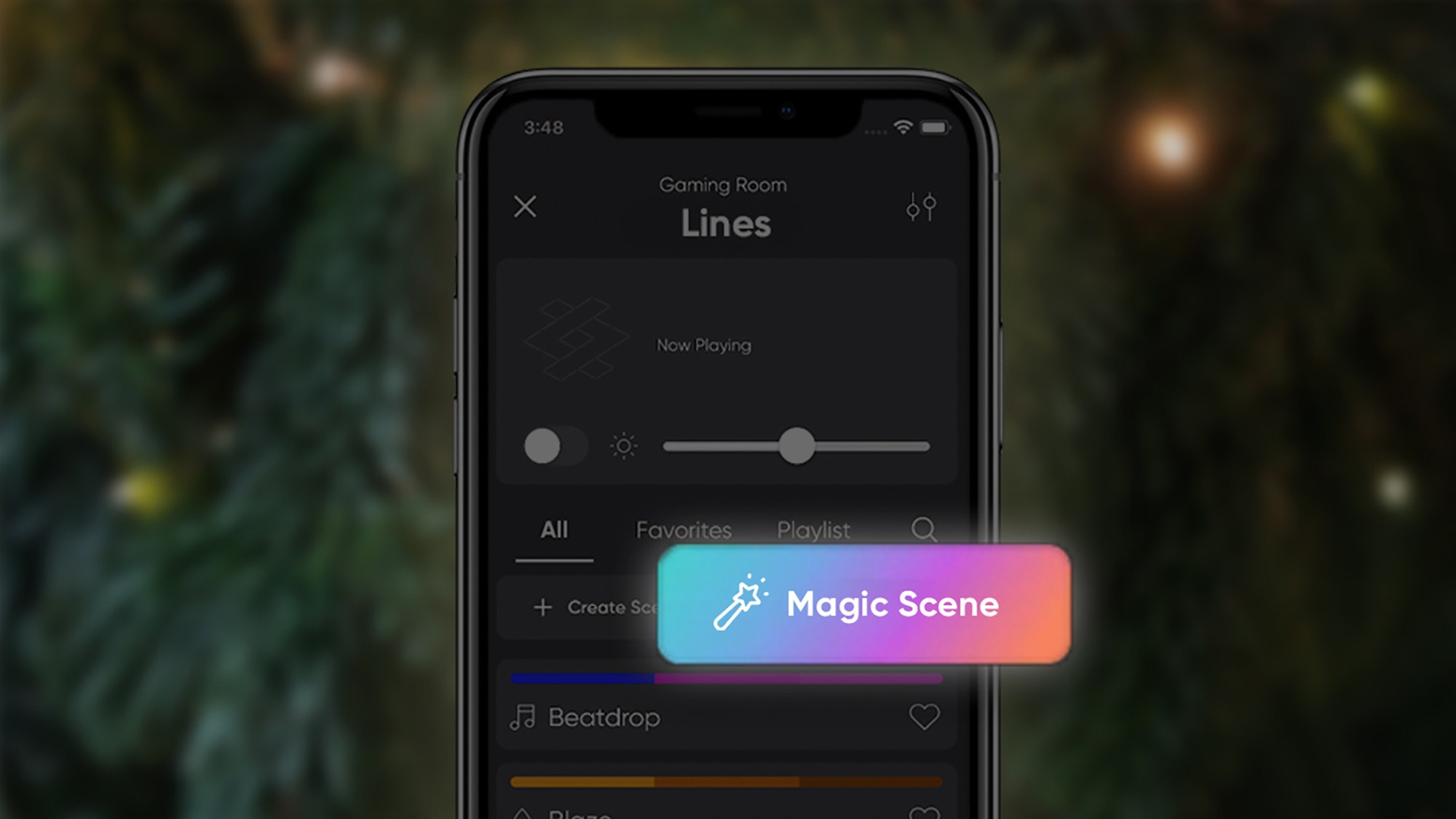Unlock the Full Potential of Your Smart Lighting
From the inception of the smart home technology era, smart lights have been at the forefront. These innovative bulbs and LED strips have progressively advanced, enhancing both functionality and design. Even seasoned users may not fully grasp the myriad capabilities that modern smart lighting can offer.
If your experience with smart lighting is limited to simple tasks like turning off your bedside lamp via voice command, controlling them with a mobile app, or occasionally changing colors or setting some automations, then it’s time to explore their full potential. Here are some extraordinary ways to elevate your smart lighting experience.
Integrate Your Lights with Your Television
Imagine your smart lights adjusting colors and flashing in synchronization with the events unfolding on your television. This feature significantly enhances your movie-watching or gaming experience, and many manufacturers now provide the necessary equipment and apps for seamless integration.
For instance, Philips Hue requires either a syncing device or a compatible app, contingent upon your television model. Nanoleaf lights offer a similar feature through a method known as Screen Mirror, which employs a compact camera to detect what’s being displayed on your screen.
Create Randomized Lighting Schedules
Smart lighting can be a valuable ally when you’re away from home, serving as a deterrent to potential intruders by giving the impression that someone is present. Access to your smart lights remotely is typically possible, granted your home Wi-Fi is operational.
If maintaining a consistent schedule for turning on your lights seems burdensome while you’re off enjoying a vacation, Philips Hue features a randomization function that alters the times your lights activate daily.

Credit: DailyHackly
Utilize Your Lights for Notifications
The integration of third-party services can expand the functionality of your smart lights even further. Using IFTTT (If This Then That), for example, you can create automated routines based on a variety of triggers that correspond to specific actions, supported by brands like Philips Hue and Lifx.
By connecting IFTTT with different social media and mobile applications, you can program your lights to flash or change colors. An interesting example would be setting your desk lamp to glow blue whenever a rain forecast is issued.
Organize Your Lights into Scenes
Maximize the versatility of your smart lights by grouping them and creating specific scenes. Most platforms allow for easy management of all lights in a given room, enabling you to switch settings effortlessly.
You might plan scenes for various occasions, such as early mornings, movie nights, or study sessions. Some applications, like the Nanoleaf app, can even automatically generate scenes based on certain keywords. Explore your smart light app to discover available settings and customization options.
Use “Sunrise” Functions for Waking Up
Transition into your day more gently by programming your smart lights to gradually brighten in the morning, simulating a natural sunrise. This method could even serve as a substitute for a traditional alarm clock.
This feature is compatible with a wide range of smart lights, and some devices can synchronize with local sunrise schedules. For instance, utilizing Google Home, you can say, “Hey Google, wake my lights at…” followed by your desired time.

Credit: Nanoleaf
Incorporate a Motion Sensor
By pairing a compatible smart motion detector with your lighting system, there’s no need to reach for your phone or issue voice commands to turn on your lights; they will activate automatically once movement is detected.
Many smart lighting systems support this feature, including offerings from Philips Hue. Adjust the brightness settings to avoid being overwhelmed by bright lights during nighttime navigation, and set a timer for the lights to turn off after a designated period.
Create Automated Routines
The functionality of your smart lights multiplies when combined with other smart devices. For example, you can arrange for the lights to dim as soothing music plays from your smart speaker in the evenings. Alternatively, you could configure your lights and smart thermostat to power down simultaneously when you leave your residence.
These conveniences are classified as routines or automations. They can be established in the Google Home app (found under the Automations tab), within Amazon Alexa (navigate to More > Routines), as well as across various smart home hubs like Samsung SmartThings and Apple HomeKit.













